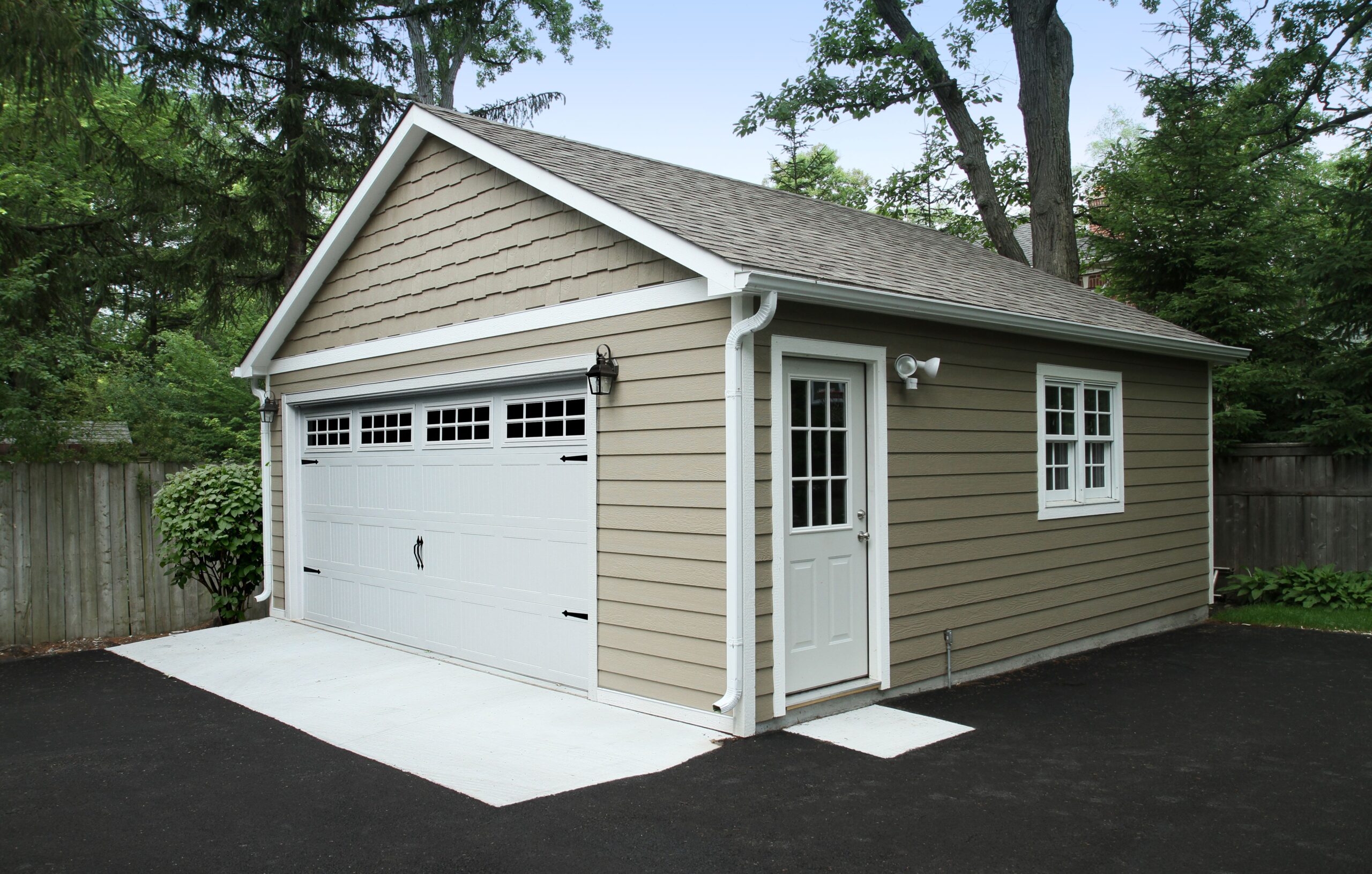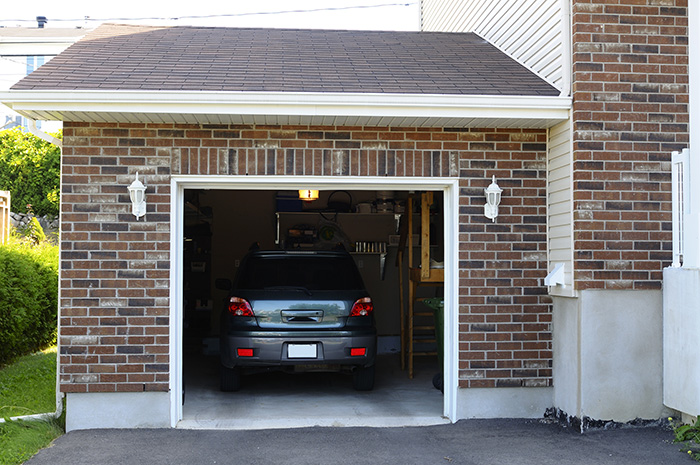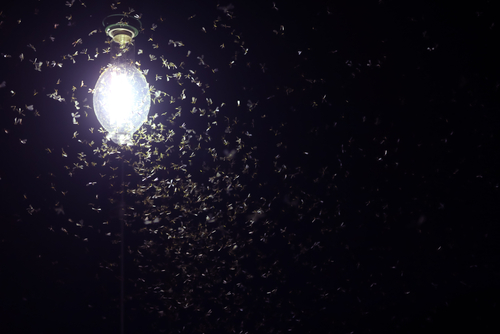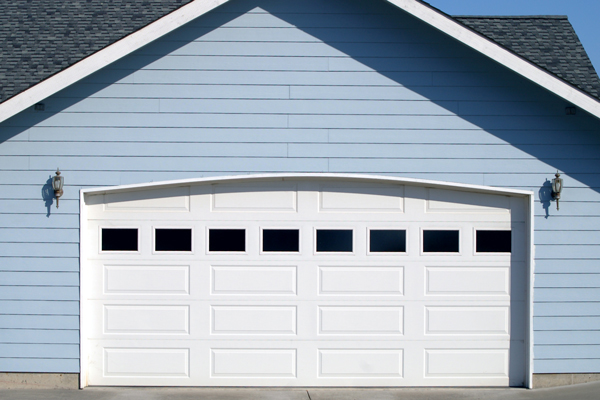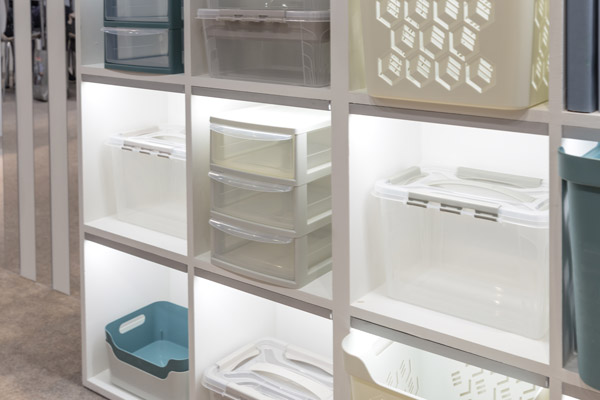Keeping Your Garage Safe From Icicle Accidents
Winter brings a slew of homeowner dilemmas. With cold weather inevitably coming our way this season, now it’s more important than ever to know what to look out for and how to protect your home from icicle accidents during the bitter, plunging temperatures. Heavy snowfalls deliver more than a few problems, especially for the garage, whose upkeep and maintenance can go neglected throughout the colder season.
Icicles and Ice Dams: What You Need to Know
You’ve probably never heard of an ice dam before, but if you live in a distinctly four-season climate and saw a picture of one, you would know exactly what they are. Ice dams are stubborn piles of snow heavily blanketing the top of your roof, adorned with icicles daring to fall off of your garage’s gutter system.
These continuous chunks of ice form along the roof, and when they remain frozen they are not nearly as dangerous as when they melt. Warmer moments during a winter day can cause the ice dam to form pools of melted water beneath the still intact ice, becoming trapped and seeping beneath the shingles. This is no good for your garage or home because the water can drip through the roof, damaging the structure.
Alternatively, icicles can contribute to winter damage in their own way. Small icicles may not warrant much worrying, but bigger ones could mean danger. Although Ralphie in A Christmas Story lied about the icicle breaking his glasses that fateful day, he wasn’t that far off base in the potential damage they can wreak.
When they fall, which becomes inevitable even in the dead of winter, thick icicles can seriously injure the unlucky person or animal in the drop zone.
Icicles can also penetrate your precious car or other equipment you might be using near the garage, which leads you with car damage and a long process in dealing with your insurance company. These frozen columns of water can weigh heavily on your gutter system, and in the spring you could find yourself with the need to replace gutter sections and other parts.

Preventing Ice Dams
If ice forms on your home, it can be dangerous and costly, so it’s best to try to avoid ice dams from forming altogether. We’ll go over a few tricks that’ll help prevent ice dams from forming around your home.
Garage Attic Insulation
Prepare for the winter by readying your garage roof to prevent ice dams from forming. Some garages have attic space, and if you have experienced ice dams in the past, the problem could lie with your lack of garage insulation.
It can be worth the time and money saved to just hire a professional for the job because thoroughly insulating your attic yourself can be painstaking and costly. You’ll want insulation to preferably be blown-in fiberglass, more than 10 inches in thickness because it will fill in much better than if it were to be done by hand.
The insulation should fill in tightly around joists, obstructions, and rafters, as no gaps means a warmer roof, and a warm roof defeats icicle and ice dams.
Ventilate Your Garage Attic Space
You’ll also want to consider the ventilation factor. Garages don’t see ventilation as your house does, and if your garage has a closed garage attic space, then ventilation like a ridge vent and soffit vents become all the more necessary. No ventilation in a garage means a lack of air circulation and this can contribute to moisture condensing on the windows and the presence of mold or mildew.
Melted icicles can lead to flooding in the garage, and if there is already poor circulation and ventilation in the garage, this can mean the lingering presence of moisture problems. Every homeowner knows that moisture can lead to a number of problems that go far beyond mold and mildew, including structural damage and foundational problems.
If you are in a pinch, run a fan on the buildup of snow or ice. Aim the fan at your garage roof or rain gutters, wherever the icicles take form. The airflow alone is enough to make the icicles melt, it doesn’t necessarily need direct heat to do so.

Use Heat Tape On Your Gutters
Your insulation project is best done in the off-season, like a cool spring day. It can be expensive, too, even when completed by an efficient professional installer. Heat tape is another way of keeping your roof warm and avoiding icicle accidents. The tape holds copper wiring, channeling electricity to prevent the buildup of ice and snow.
It’s better to install heat tape before that big snowstorm hits or the temperatures plummet to the negatives. Place the heat tape inside the gutters, at the edge of the roof, or anywhere else you have noticed ice and snow buildup. For good measure, run a length of heat tape through the downspout to prevent it from getting clogged with ice.
Repair Leaks and Gaps
A warmer garage can curb the development of ice dams and icicles, and another way to tackle this situation is to close off any cracks or crevices in walls or ceilings. Not only will this help you regulate temperatures in your garage, but it will also help you down the road in keeping pests and other critters looking for shelter in your garage space.
Check for air leaks—which should be easy considering you’ll feel the cold winter chill flow through any gaps—look for cracks around light fixtures, pipes, and gaps in the drywall.
Use A Snow Rake
When in doubt, a snow rake (specially designed and angled for getting the remnants of a heavy snowfall off of your roof) can be a helpful and useful tool in preventing ice dams and icicle accidents. Snow rakes are inexpensive and a relatively easy, but an annoying chore, and a good alternative if insulating or installing heated cables aren’t in your winter budget.
When using a snow rake, make sure you are standing a good distance from dangerously large icicles and their target drop zone, the last thing you want is to have to nurse a serious bruise or cut if they should fall on you.
Never use a snow rake when standing on a ladder because this equation can easily lead to you falling and hurting yourself. Keep in mind that the shingles are going to be brittle in the cold weather, so make sure you are gently raking while you remove snow.
Some experts are on the fence about knocking down large icicles, arguing that large icicles can rip off siding along with them. Come spring, you don’t want to face pieces of missing siding, having to shell out the expense on materials and labor to replace them. If the icicles are particularly large, consider waiting for them to melt a bit before safely knocking them down.

Be Prepared For Icicles Ahead of Time
Even if you aren’t full-fledge prepared, starting your plan back in the spring, just knowing what to do when you see an ice dam or huge icicles on your garage can be enough to stop serious damage to your garage.
If ice dams and icicles become a reoccurring problem for your garage and you would like to avoid fixing damages every spring, then you will at least know what insulation or venting projects need to be done to prevent them.
By understanding the steps needed to remove icicles and ice dams and how to prevent icicle accidents from occurring, you can save your garage from moisture and structure damage. Not only that, you can stop those icicles from falling and hurting any person or pet beneath them.
Replacing Your Garage
If your garage has been damaged due to ice dams and is beyond repair, you might need to consider replacing your garage. At Danley’s, we have built over 100,000 custom size garages since 1959. When it comes to garage construction, Danley’s is the most trusted garage builder across Chicagoland. Speak to a specialist and get a free quote today.

